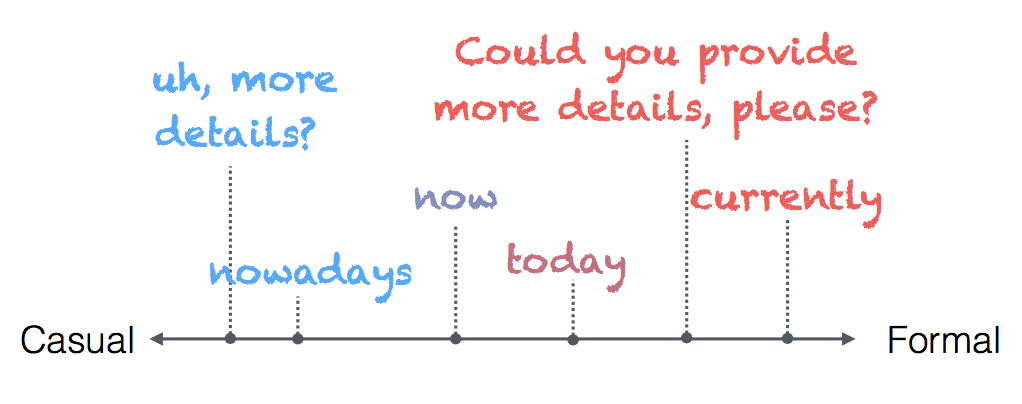Stylistics, Framing, and Implicit Meaning

Human language gives us many--arguably infinite--options for how to express any given idea. We can speak concisely or verbosely, formally or informally, sincerely or ironically. But stylistic choices do more than just allow us to have personal flair: a lot of information is communicated through the stylistic choices we make--any teenager can confirm that there is a world of difference between a text message that says "okay!!" and one that says simply "k.". In many ways, style can be viewed as the thing that makes human language so efficient (compared to, say, math or programming languages)--by taking advantage of the rich contextual and cultural associations packed into our stylistic choices, we are able to communicate huge amounts of information with remarkably few words.
The main question I am interested in in this area is: what, if anything, is the difference between "meaning" and "style"? How do humans learn stylistic cues from experience, and how does our understanding of style and framing affect our inferences and behavior when we interact with one another? What type of data can we use to give computers access to this same rich social context, and how can we build style into computational models of language understanding?
Here are some of my publications related to the topic. This will be growing soon with the help of my amazing to-be students!